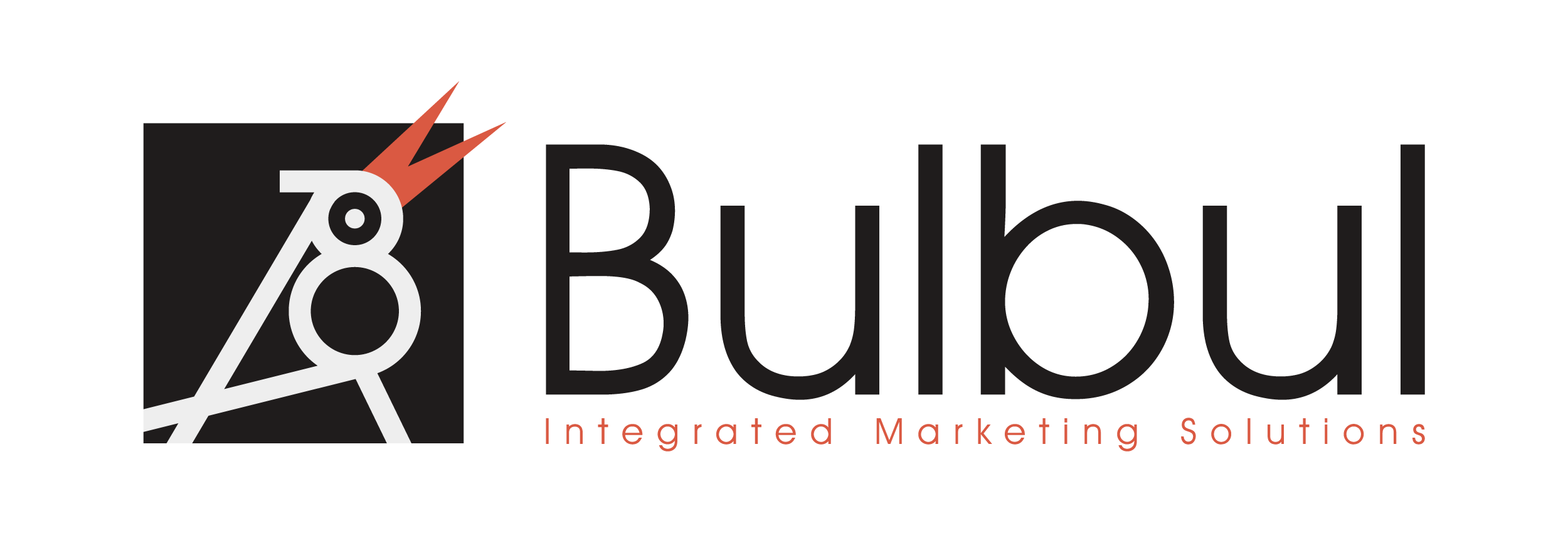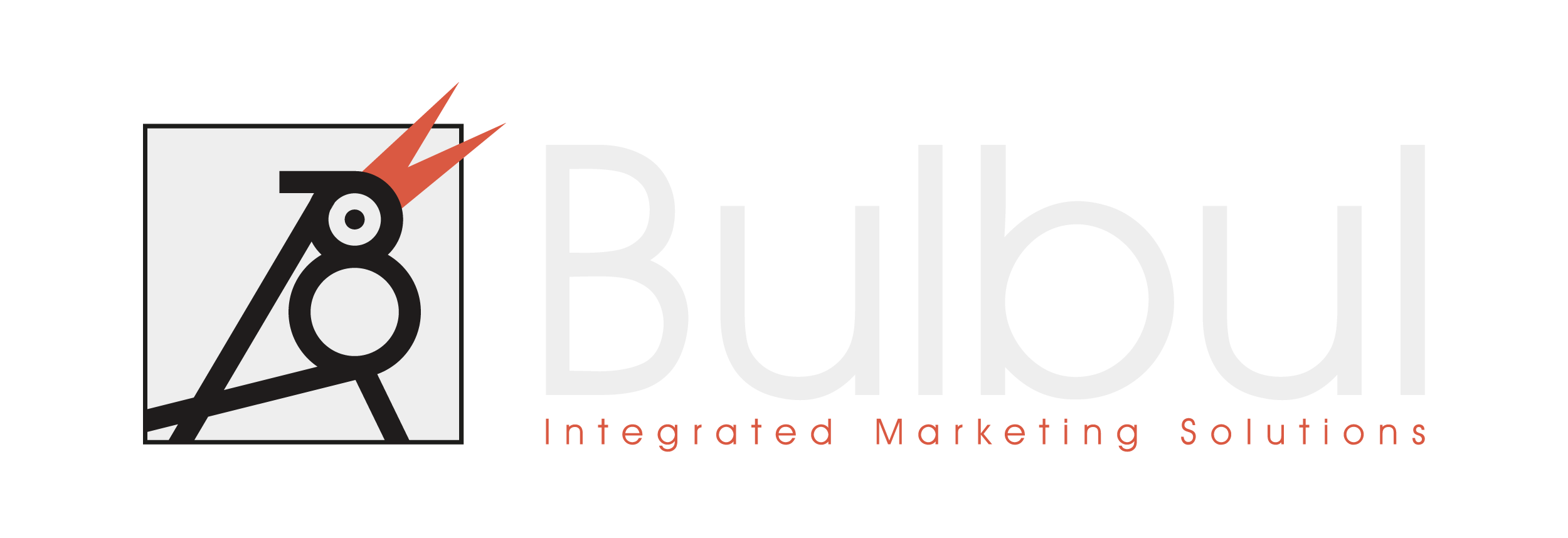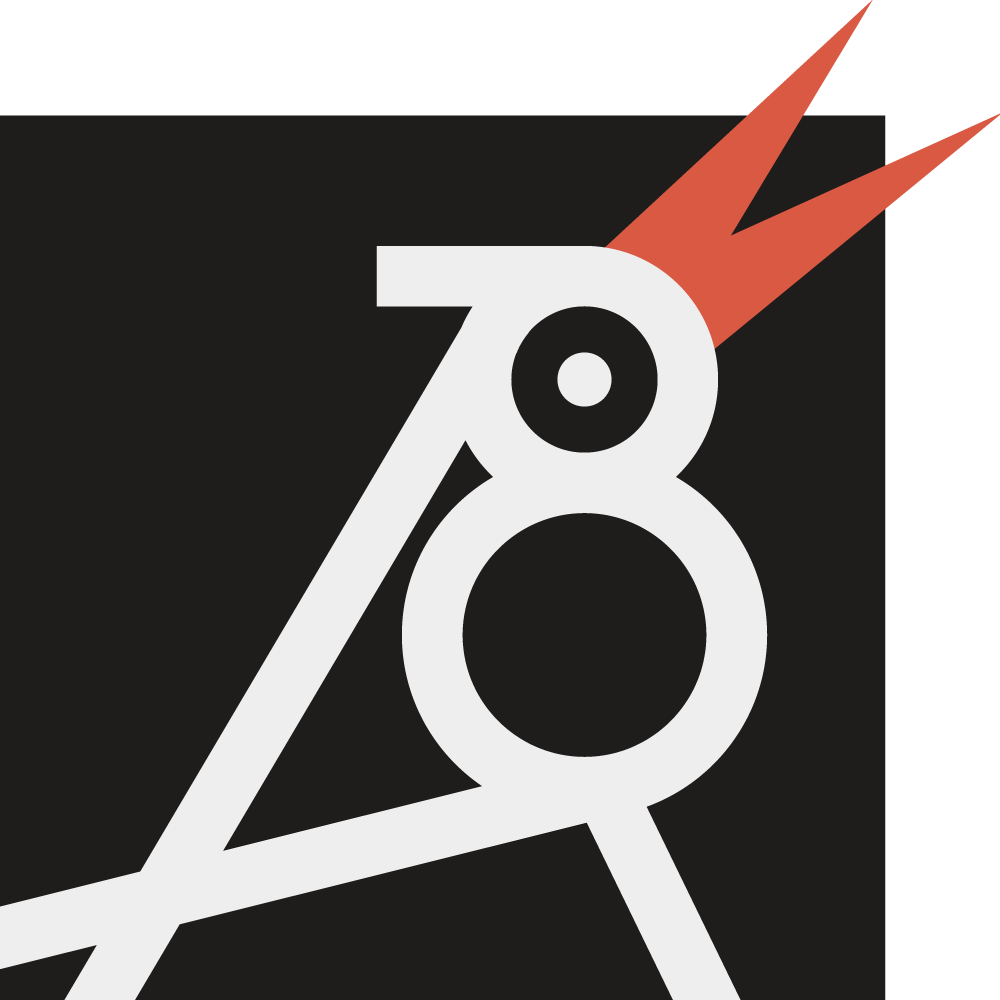HubSpot for fashion startups—does it work?

Many fashion startups—whether you’re building a direct-to-consumer streetwear label, launching a sustainable accessories brand, or running a small boutique selling curated collections online—struggle to balance creative energy with the day-to-day pressure of consistent marketing. Limited budgets, tiny teams, and an endless list of operational demands make it hard to keep customer acquisition steady and predictable.
This is where HubSpot for fashion startups stands out. Unlike simpler tools such as Mailchimp, which mainly focus on basic email campaigns, or complex enterprise platforms like Marketo that can feel overwhelming for a lean team, HubSpot offers a unique balance of power and usability.
With HubSpot, fashion startups gain the ability to automate email workflows triggered by real customer behaviors, segment audiences by shopping habits or engagement level, and track every touchpoint in a unified CRM. You can design abandoned-cart emails, launch product announcements, and nurture relationships with loyal customers without the need for large marketing departments or costly development resources.
For many emerging fashion brands, this combination of intuitive design, rich functionality, and scalability is what turns sporadic sales into sustainable growth. Whether you’re aiming to increase repeat purchases, build a stronger community around your brand, or simply save time on manual marketing tasks, HubSpot for fashion startups provides a toolkit that adapts as you scale.
Why HubSpot Shines for Fashion Startups
- Provides advanced, behavior-triggered workflows, ideal for abandoned-cart reminders or new collection drops.
- Offers robust CRM integration, enabling segmentation and personalised journeys.
- Includes social media and analytics tools, all under one platform.
- Ideal for longer buyer lifecycles and relationship-driven ecommerce—common in fashion ventures
Quick Comparison with Other Automation Tools
HubSpot vs Mailchimp
- Automation: Superior for drip campaigns and multi-channel funnels; Mailchimp suits simple email blasts .
- Cost: Mailchimp’s free tiers are budget-friendly; HubSpot’s paid plans offer more features but are pricier.
- Ease of Use: Mailchimp is beginner-friendly; HubSpot has a steeper learning curve but packs greater depth .
HubSpot vs Marketo
- Target Audience: Marketo is powerful but geared toward enterprise-level B2B use; HubSpot is more accessible for startups and smaller teams.
- Community & Usability: HubSpot is praised for its supportive community and user-friendly interface, whereas Marketo demands more technical skill .
Would you like to discover?: Bulbul’s HubSpot Kit
Perfect for lean teams, our HubSpot Kit delivers strategic setup, templates, workflows, and training tailored to your startup’s cadence.
With Bulbul’s HubSpot Kit, fashion startups can:
- Set up HubSpot tailored to their needs
- Create automated workflows for every touchpoint
- Personalise communication at scale
- Measure and improve over time
and also
- 7 days free-trial!
- During the trial, set up of HubSpot will be offered.
Explore more ? → HubSpot Kit
Complimentary Marketing Consultation
Navigating automation for your fashion venture? Let’s talk strategy—completely free.
Book here → Free Consultation




Comments are closed.